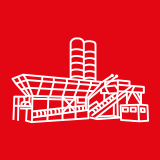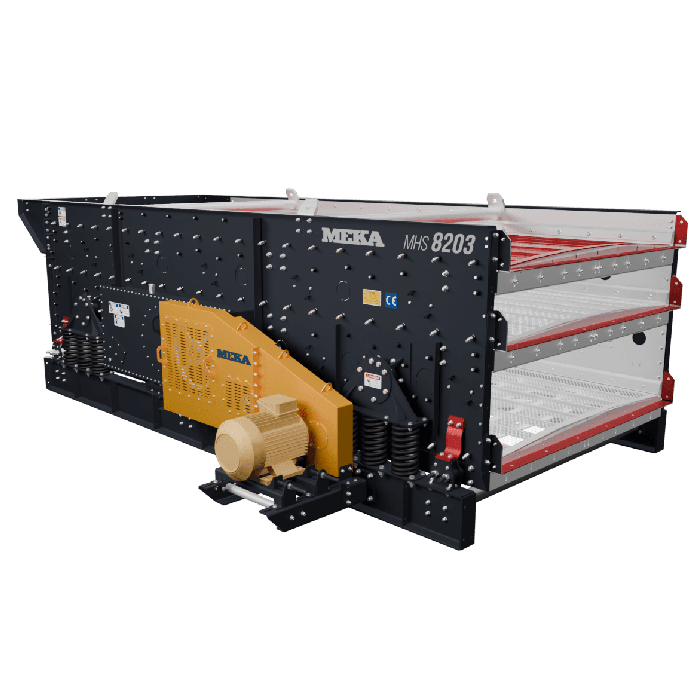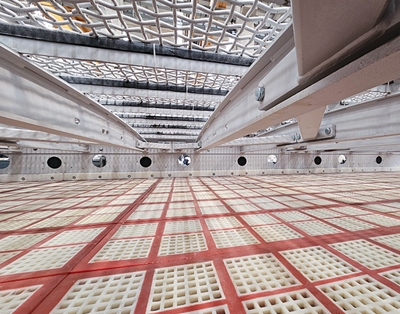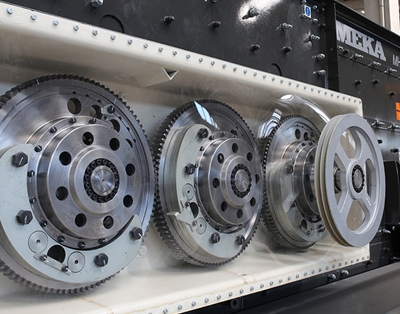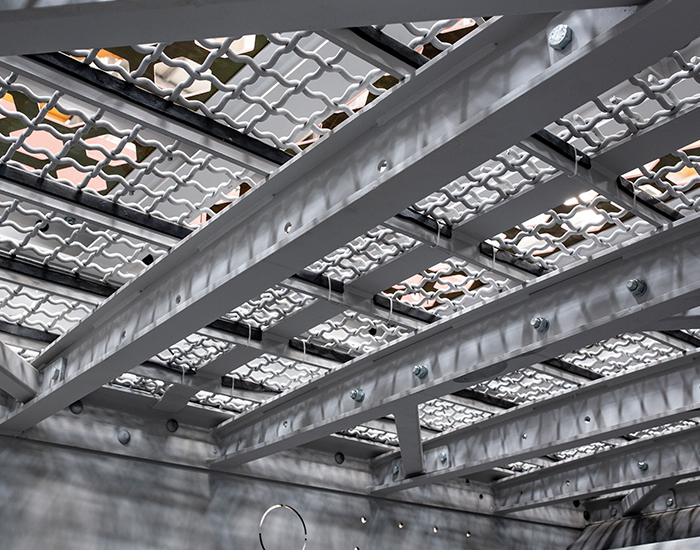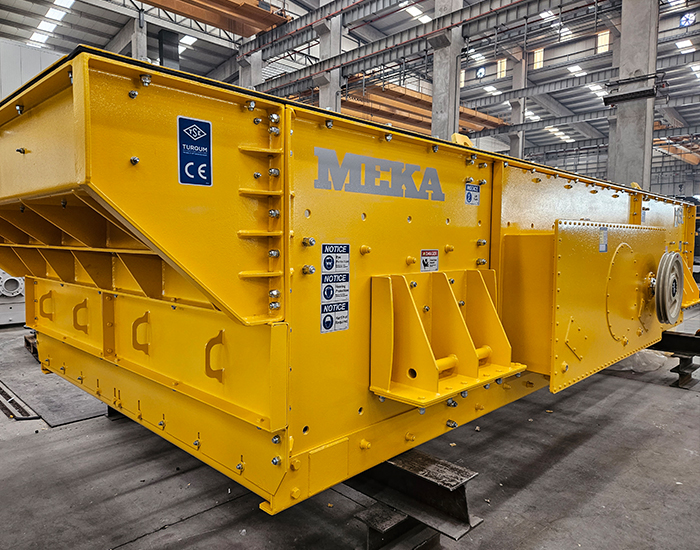Horizontal Screen Gallery
BETTER EFFICIENCY, MORE ADAPTABILITY
Oval validated by virtual and physical tests, stroke design, screening efficiency, and plant production volume while reducing the recirculation load.
Applications
Horizontal screens (MHS) provide outstanding performance for all screening applications and can be widely applied in mining, aggregates, and concrete and asphalt recycling. The special applications for horizontal screens include: when fine screening with a large percentage of near size product, wet screening or when low head room is critical such as mobile mounted equipment.
Discover MEKA Horizontal Screens
Horizontal Screen Technical Specifications
MHS 5162 |
MHS 5163 |
MHS 6162 |
MHS 6163 |
MHS 6202 |
MHS 6203 |
MHS 7202 |
MHS 7203 |
MHS 8202 |
MHS 8203 |
|
| Heavy Duty Model | Available | Available | Available | Available | Available | Available | Available | Available | Available | Available |
| Width x Length (mm) | 1562x4877 | 1562x4877 | 1930x4877 | 1930x4877 | 1930x6096 | 1930x6096 | 2235x6096 | 2235x6096 | 2540x6096 | 2540x6096 |
| Number of decks | 2 | 3 | 2 | 3 | 2 | 3 | 2 | 3 | 2 | 3 |
| Power (kW) | 22 | 30 | 30 | 30 | 30 | 30 | 37 | 37 | 37 | 37 |
| Sheave (Screen) (mm) | Ø620 | Ø620 | Ø620 | Ø620 | Ø620 | Ø620 | Ø620 | Ø620 | Ø620 | Ø620 |
| Sheave (Motor) (mm) | Ø306-Ø365 | Ø306-Ø365 | Ø306-Ø365 | Ø306-Ø365 | Ø306-Ø365 | Ø306-Ø365 | Ø306-Ø365 | Ø306-Ø365 | Ø306-Ø365 | Ø306-Ø365 |
| Speed (rpm) | 730-870 | 730-870 | 730-870 | 730-870 | 730-870 | 730-870 | 730-870 | 730-870 | 730-870 | 730-870 |
| **Weight (kg) | 7496 | 8781 | 7781 | 9275 | 9085 | 10788 | 11850 | 13500 | 12162 | 14267 |
* Rpm is given for 1500 rpm motor.
** Weights shown do not include drive motor package, support legs, maintenance platform, inlet and outlet chutes.
Would you like to request a quote or receive information about a horizontal screen?
Would you like to receive a price quote for a MEKA horizontal screen?
Do you need a horizontal screen with different options and configurations?
Do you want to become a MEKA horizontal screen dealer?
Let's move on to the next level. Contact us now by filling out the form.
What is Horizontal Screen?
- Horizontal screens have high throughput and screening efficiency.
- Horizontal screens are suitable for diverse applications either in wet or dry process.
- Compact design and horizontal positioning make project investment more affordable in both mobile and stationary applications.
- The circular motion and angle make the screen more resistant to plugging by materials.

